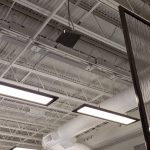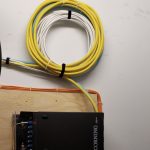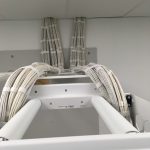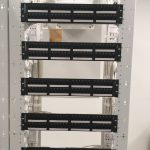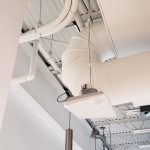
Vigene Biosciences, Inc. provides cutting-edge gene delivery services and products to support scientists in both research and clinical applications. They have been named one of the Inc. 5000 fastest-growing private companies in America for the last two years.

In 2019, Vigene expanded into a new 51,000 sq. ft. facility with 10 GMP suites. Before building even began, however, the company brought in BoMark Technology Group during the design-build phase to ensure their critical networks would align with their vision and business requirements from the very start.
BoMark project manager Billy Ruppert, Jr., shares with us the secrets to creating a state-of-the-art network for a company that lives ahead of the curve.
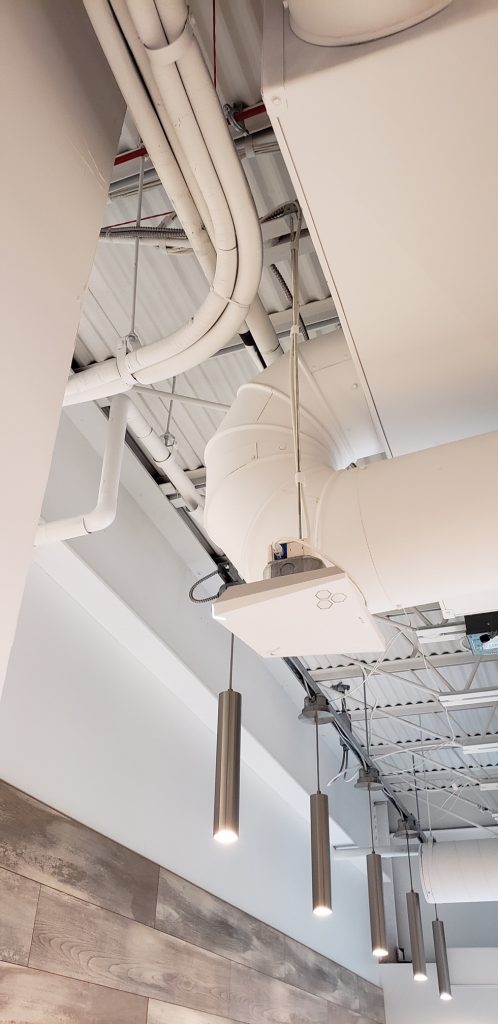
The Vigene Biosciences building was designed to have a very modern look with a lot of exposed ceiling area. How did you ensure that their network wouldn’t compromise architectural aesthetics?
Ruppert: Modern architecture like this can definitely create a challenging work environment for low-voltage contractors. It’s very easy for the cabling that is routed through these areas to stick out and create an eye sore. Our team onsite did a great job of recognizing this early, so that we could get ahead of the issue.
We were able to switch out the cable coloring, to prevent it from being painted to match the ceiling color, which would void the warranty. Our team was also able to route the cables through the exposed ceiling areas and keep it hidden along the beam lines to remain almost unrecognizable. The client was very pleased with the final product throughout these areas of their space.
What are some of the unique challenges that come with cabling a biotech facility?
Ruppert: Like almost all biotech facilities, the Vigene Biosciences building has a lot of GMP spaces throughout. These “clean rooms” have a set of standards and regulations that need to be followed in order to achieve certification. Whenever there is a device installed within these rooms, such as cabling, all penetrations need to either be caulked or gasketed. This leads to a very attentive and detail-oriented install, to ensure that the space will adhere to industry standards and code.
What are some of the advantage of working with a low-voltage contractor like BoMark during the design-build phase?
Ruppert: One of the top advantages is better communication and better teamwork. We develop a closer relationship with the client, which allows for a more open channel of communication and ultimately a better end product that adheres to the client’s ideas for the space. We’re all working toward the same end goal and striving to build a lasting relationship.
The other advantage is that it ensures better product quality. Clients don’t have to worry about trying to compare bids apples to apples because they know what they are getting from the beginning. They have peace of mind that the material specified to be installed meets the standard they are looking for.
Can bringing you in during the design-build phase also speed up the project’s timeline?
Ruppert: Absolutely! There is usually a quicker turnaround on a design-build because the bid time is reduced for starters. But more importantly, it gives the low-voltage team a complete understanding of the design and the space early on. This allows us to create a plan of action in advance and identify challenges much earlier—before they become problems.
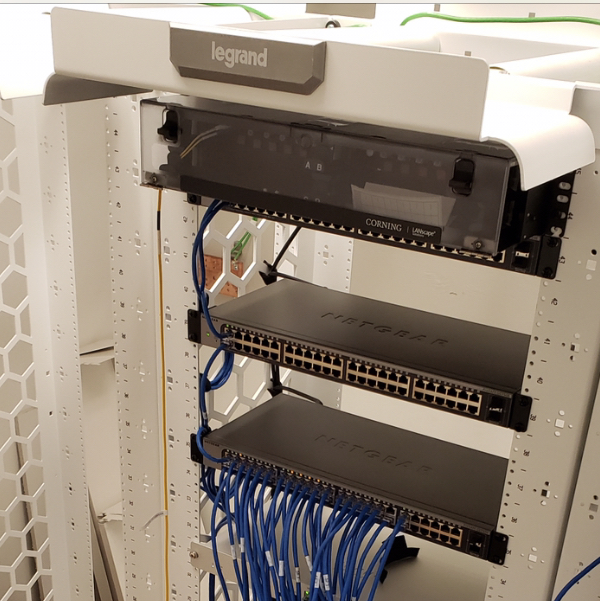
Project specs
- 240 Cat6 Data Cable Locations
- 30 Cat6a Wireless Cable Locations
- IT Room Buildout, including 3 Mighty Mo Racks
- Fiber and Copper Multi-Pair Tie Cabling
- Wireless Installation and Configuration
- Lencore Sound Masking System Installation and Configuration
project gallery
Build Your Success Story Now with FREE Design Assistance from BoMark
Get your project off to a smarter start with FREE design assistance from BoMark’s low-voltage experts. To learn more, call 410-998-1002 or complete our online form and put “Free Design Assistance” in the comments field.





